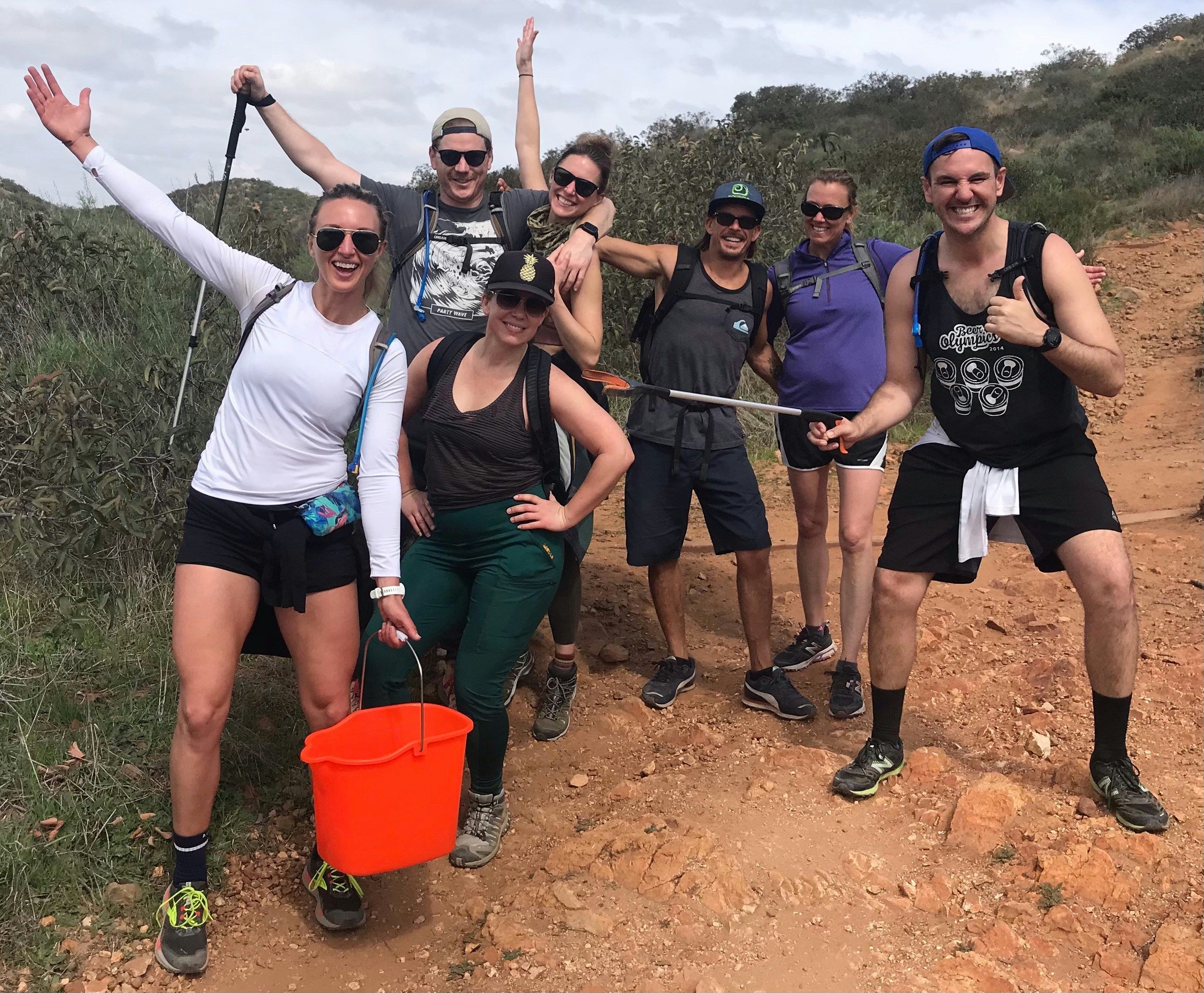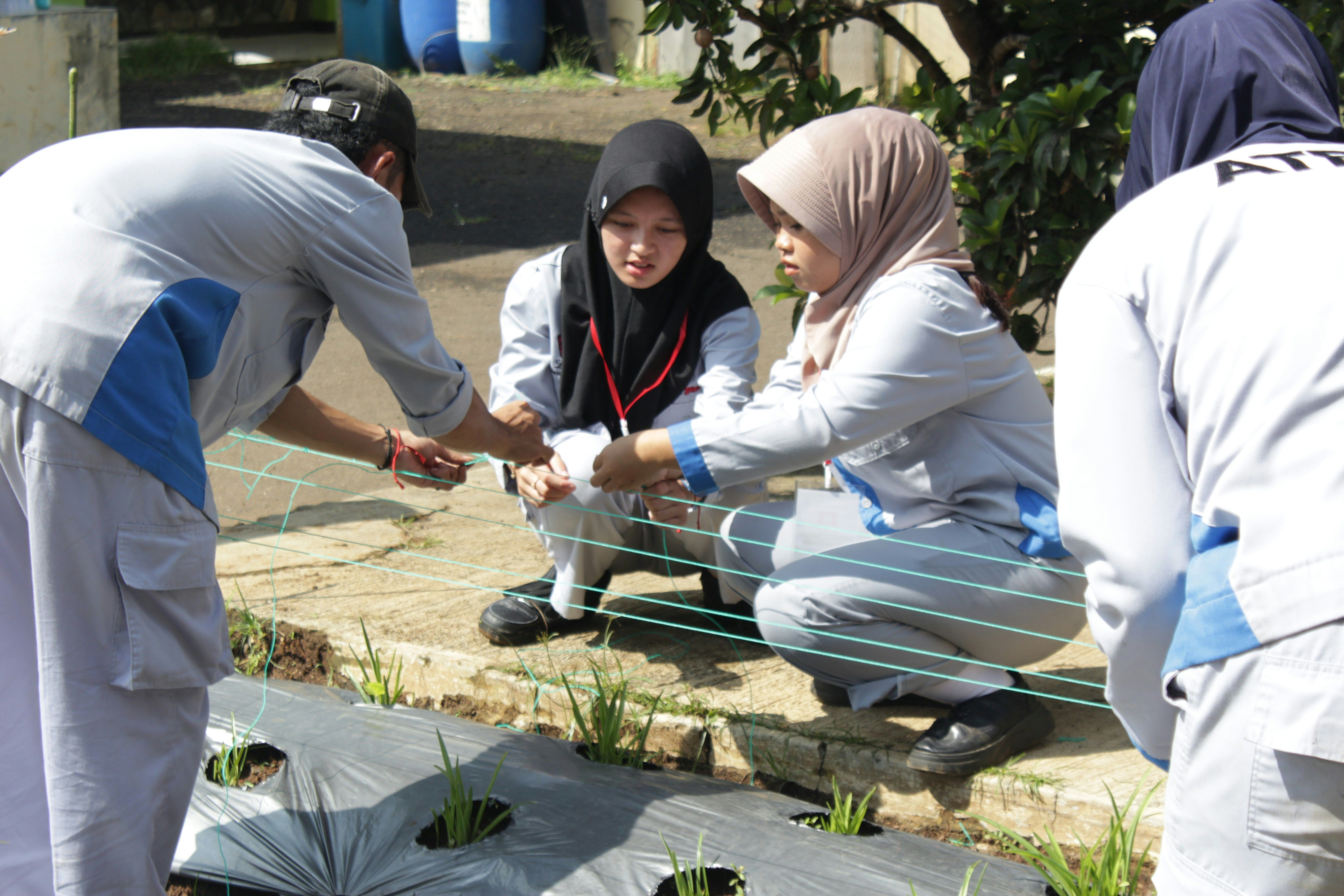Why Measuring the Impact of Corporate Volunteering Matters
Corporate volunteering has become a cornerstone of meaningful employee engagement and community support. However, without clear evaluation methods, organisations may struggle to quantify the value of their initiatives. Measuring impact ensures your efforts translate into tangible benefits for employees, communities, and the organisation. Here’s how to get it right.
1. Define Clear Objectives for Your Program
Before launching a corporate volunteering program, it’s crucial to establish measurable objectives. These goals might include:
- Increasing employee engagement.
- Supporting specific community needs.
- Aligning efforts with your company’s values and mission.
Set key performance indicators (KPIs) for each objective. For instance, if the goal is to enhance team collaboration, track participation rates and post-event team feedback.
Corporate purpose and clear objectives serve as a roadmap, ensuring that your volunteering efforts are purpose-driven and impactful.

2. Use Employee Feedback to Gauge Success
Employees are the backbone of any corporate volunteering initiative. Gathering their insights can reveal:
- Personal growth and development opportunities.
- Suggestions for improving future events.
- Overall satisfaction with the program.
Utilise anonymous surveys, focus groups, or one-on-one interviews to collect qualitative and quantitative feedback. A consistent approach to employee feedback not only measures impact but also builds trust and engagement within the organisation.
Engaged employees are more likely to advocate for your initiatives, amplifying their impact both internally and externally.

3. Measure Community Outcomes Effectively
The communities or causes you support are the ultimate beneficiaries of corporate volunteering. Assessing their feedback and outcomes can provide invaluable insights:
- Track changes in key metrics, such as increased resources for beneficiaries or tangible outcomes (e.g., number of trees planted).
- Partner with organisations to develop shared reporting tools, ensuring transparency and alignment.
By demonstrating measurable benefits for communities, companies can validate the significance of their programs. This not only strengthens relationships with community partners but also inspires employees to contribute more meaningfully.

4. Leverage Participation and Engagement Data
Engagement data is a simple yet powerful way to evaluate a program’s effectiveness. Focus on:
- Volunteer turnout rates.
- Hours contributed.
- Retention rates for repeat participants.
Tracking this data over time can identify trends and opportunities for improvement. Moreover, comparing participation rates across departments or regions can help tailor programs to specific needs.
Regularly sharing these insights with stakeholders can also showcase the program’s success and foster greater support.

5. Use Technology to Simplify Data Collection
Streamlined data collection is essential for accurate impact evaluation. Platforms with volunteering features and services can assist with:
- Automatically tracking hours and participation.
- Generating detailed impact reports.
- Offering insights on how to optimise volunteer efforts.
These tools reduce administrative burdens, enabling CSR teams to focus on enhancing program quality. They also offer real-time updates, making it easier to adapt and improve initiatives as needed.

6. Assess Alignment with UN Sustainable Development Goals (SDGs)
Mapping corporate volunteering activities to SDGs ensures global relevance and accountability. Consider the following steps:
- Identify SDGs that align with your company’s initiatives (e.g., education, clean water, climate action).
- Evaluate the specific contributions made toward these goals.
- Use SDG-aligned metrics to frame your program’s impact.
This alignment amplifies the broader significance of your efforts and connects them to global progress. It also positions your company as a leader in sustainable and socially responsible practices.

7. Look Beyond Numbers: Highlight Success Stories
While metrics are essential, storytelling adds a personal touch that numbers alone can’t convey. Showcase:
- Individual employee experiences.
- Testimonials from community beneficiaries.
- Long-term transformations resulting from the program.
Success stories humanise data, inspiring others to participate and demonstrating the tangible outcomes of corporate volunteering. Sharing these narratives through internal channels or public platforms can further enhance your company’s reputation.

8. Plan for Continuous Improvement
Evaluation doesn’t end with data collection; it’s the foundation for future growth. To ensure continuous improvement:
- Regularly review program outcomes and feedback.
- Identify areas for enhancement.
- Implement lessons learned in subsequent initiatives.
Adopting a cycle of evaluation and refinement ensures that programs remain impactful and relevant. This iterative approach also fosters innovation and adaptability in your CSR strategies.

Final thoughts
Evaluating corporate volunteering programs is a win-win for companies and communities alike. It enables organisations to fine-tune their efforts, amplify their impact, and inspire employees to engage deeply with meaningful causes. By adopting robust evaluation methods, companies can build a legacy of sustainable change that benefits all stakeholders.
FAQs
What is corporate volunteering?
Corporate volunteering involves businesses encouraging their employees to dedicate time and skills to support community causes. These programs enhance employee morale, strengthen workplace culture, and create meaningful societal impact.
How can companies track the impact of their volunteering programs?
Companies can utilise digital tools like Volunteering Hubs to streamline tracking. These platforms provide real-time participation data, generate impact reports, and simplify feedback collection from employees and communities.
Why is alignment with the SDGs important in corporate volunteering?
Aligning with the UN’s Sustainable Development Goals connects local actions to global challenges, increasing the relevance and credibility of corporate volunteering efforts. It ensures that contributions address priority areas for sustainable development.
How to create a corporate volunteer program?
Creating a corporate volunteer program involves defining its purpose and objectives, identifying potential community partners and causes that align with your company’s values, designing engaging activities, and developing a communication plan to promote the program internally. Using technology to manage and track participation and impact is also critical. Starting with a pilot initiative can help refine the program before a full-scale launch.
Why is volunteering important for companies?
Volunteering is important for companies because it enhances employee engagement and morale, builds a positive reputation in the community, strengthens team collaboration and skills development, and supports long-term sustainability goals. Corporate volunteering demonstrates a company’s commitment to social responsibility, fostering trust and loyalty among employees, customers, and stakeholders.











